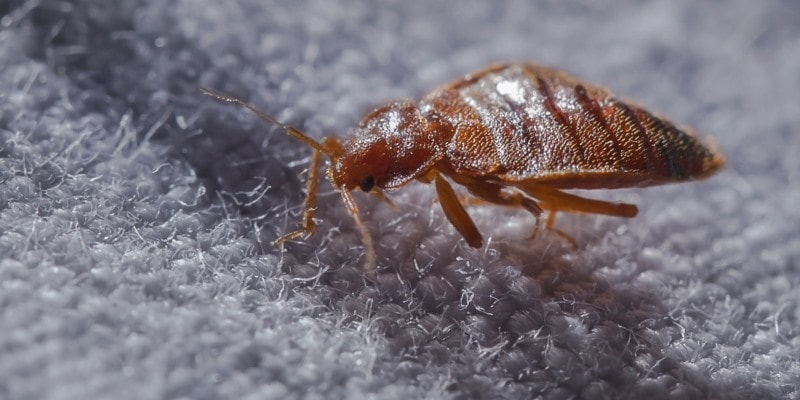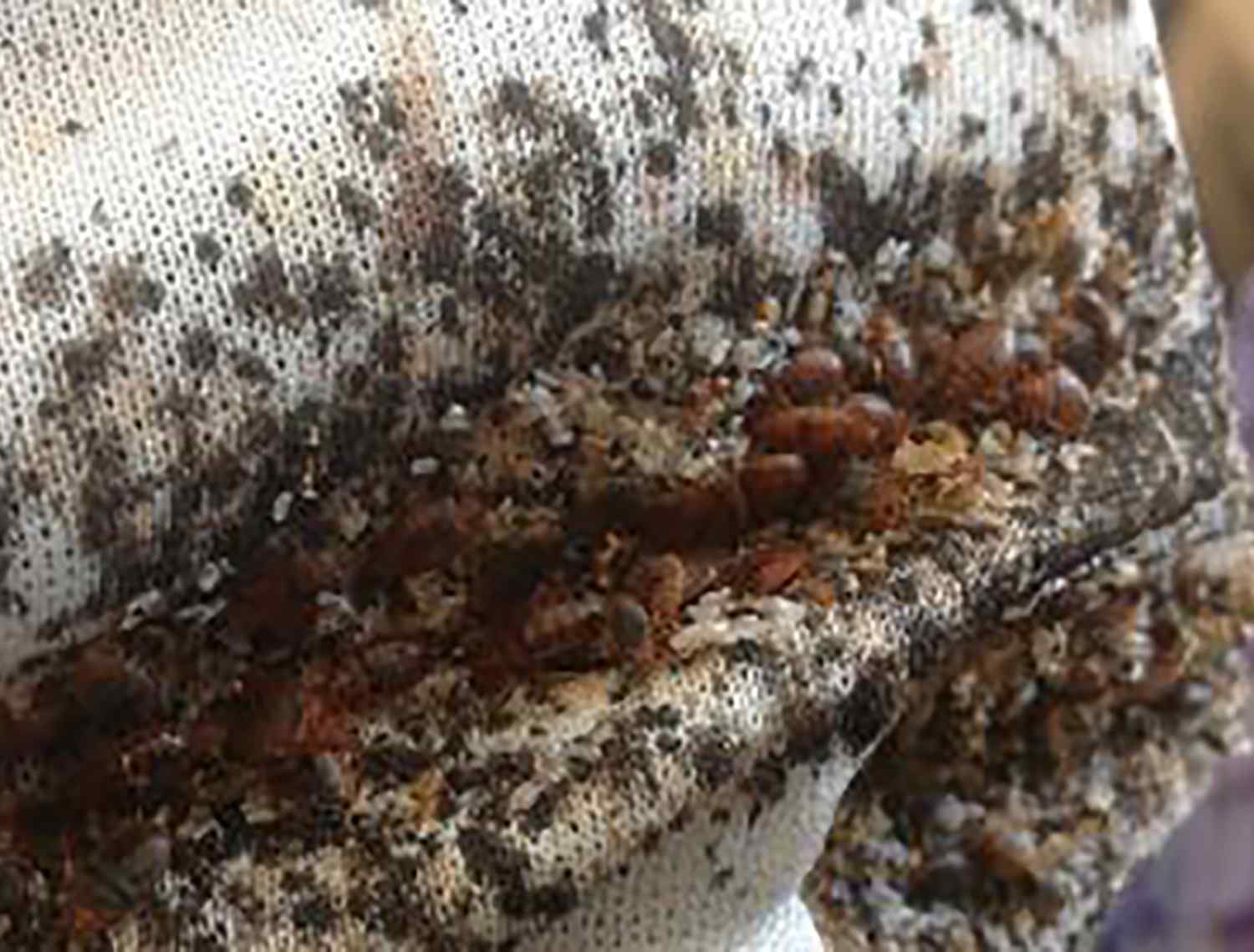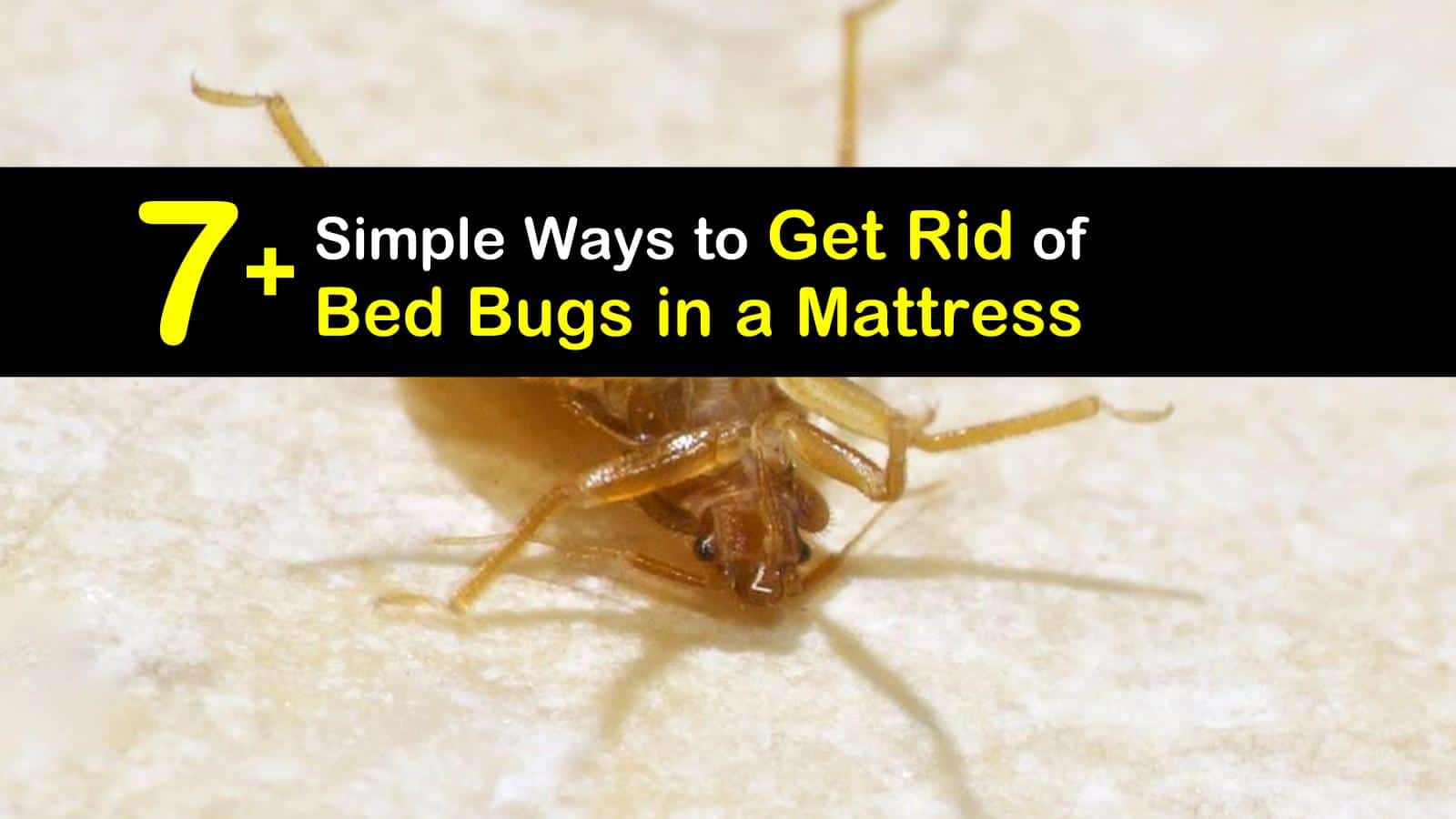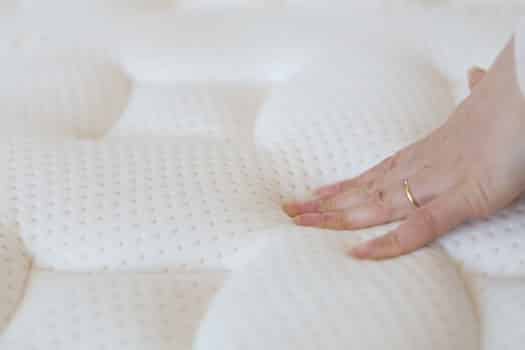Many people wonder if bed bugs can live in a foam mattress, and unfortunately, the answer is yes. Bed bugs are small, blood-sucking insects that can infest any type of mattress, including foam ones. These pests are known for their ability to hide and survive in various environments, making them a difficult problem to eliminate.Can Bed Bugs Live in a Foam Mattress?
Getting rid of bed bugs in a foam mattress can be a challenging task, but it is not impossible. The first step is to thoroughly inspect your mattress and look for signs of bed bug infestation, such as small brown or black spots, eggs, or live bugs. If you find any signs, it is crucial to act quickly to prevent the infestation from spreading. One of the most effective ways to get rid of bed bugs in a foam mattress is to use a combination of heat and vacuuming. Heat treatment involves using a steamer or a professional bed bug heater to kill the bugs and their eggs. Vacuuming can help remove any remaining bugs and their eggs from the mattress. It is important to vacuum every surface of the mattress, including the seams, edges, and crevices, to ensure all bed bugs are removed.How to Get Rid of Bed Bugs in a Foam Mattress
As mentioned before, there are several signs that can indicate a bed bug infestation in a foam mattress. These include small brown or black spots, which are dried blood and fecal matter from the bugs, eggs, and live bugs. It is essential to inspect your mattress regularly for these signs, especially if you have recently traveled or have had guests stay over. Other signs of bed bugs in a foam mattress may include a musty or sweet odor, which is caused by the bugs' pheromones, or waking up with itchy red bumps on your skin, which are caused by bed bug bites.Signs of Bed Bugs in a Foam Mattress
The best way to prevent bed bugs in a foam mattress is to take preventative measures. This includes regularly inspecting your mattress for signs of bed bugs, avoiding bringing used furniture or mattresses into your home, and being cautious when traveling, as bed bugs can hitchhike on luggage and clothing. Additionally, using a mattress encasement can help prevent bed bugs from infesting your foam mattress. These covers are specially designed to keep bed bugs out and also make it easier to spot and eliminate any potential infestations.Preventing Bed Bugs in a Foam Mattress
The lifespan of bed bugs can vary depending on various factors, such as temperature, humidity, and access to blood meals. However, in ideal conditions, adult bed bugs can live for up to a year without feeding. This means that even if you were to vacate your home for an extended period, bed bugs could still survive in your foam mattress and infest it again once you return.How Long Can Bed Bugs Survive in a Foam Mattress?
Bed bugs in a foam mattress can be challenging to identify, as they are tiny and can hide in the smallest crevices. However, with a careful inspection, you can identify these pests by looking for their physical characteristics, such as their oval-shaped bodies, six legs, and reddish-brown color. It is also helpful to look for their hiding spots, which can include seams, edges, and crevices of the mattress, as well as behind headboards, picture frames, and other furniture near the bed.Identifying Bed Bugs in a Foam Mattress
If you have identified a bed bug infestation in your foam mattress, it is crucial to take immediate action to treat it. As mentioned before, a combination of heat treatment and vacuuming is one of the most effective ways to eliminate bed bugs from a foam mattress. Additionally, you can also use over-the-counter bed bug sprays or call a professional exterminator for help. It is crucial to follow the instructions carefully when using any treatment method and to continue monitoring your mattress for any signs of remaining bed bugs.Treating a Foam Mattress for Bed Bugs
Memory foam mattresses have become increasingly popular in recent years, and many people wonder if bed bugs can infest these types of mattresses. The answer is yes, bed bugs can infest any type of mattress, including memory foam ones. These mattresses offer many hiding spots for bed bugs, making them a prime target for infestations. If you have a memory foam mattress, it is essential to take the same preventative measures and regularly inspect for signs of bed bugs, just like with a regular foam mattress.Can Bed Bugs Infest Memory Foam Mattresses?
After successfully eliminating bed bugs from your foam mattress, it is essential to clean and sanitize it thoroughly. This includes washing all bedding, vacuuming the mattress, and using a mattress-safe disinfectant spray. It is also helpful to let the mattress air out and dry completely before putting on clean bedding and using it again. Regularly cleaning and sanitizing your foam mattress can also help prevent future bed bug infestations.How to Clean a Foam Mattress After Bed Bug Infestation
As mentioned before, using a mattress encasement is an effective way to prevent bed bugs from infesting your foam mattress. These covers are designed to keep bed bugs out while also protecting against spills, dust mites, and other allergens. When purchasing a mattress encasement, make sure to choose one that is labeled specifically for bed bug protection, and follow the instructions carefully when putting it on your mattress. It is also essential to regularly inspect the encasement for any signs of tears or damage and replace it as needed.Using Mattress Encasements to Protect Against Bed Bugs
The Risks of Foam Mattresses in Relation to Bed Bugs

Understanding the Anatomy of a Foam Mattress
 Foam mattresses are becoming increasingly popular due to their comfort and support. However, they are also notorious for being a haven for bed bugs. This is because foam mattresses are made of porous materials, such as memory foam, which provide the perfect hiding spot for these pesky insects. The foam layers and crevices of the mattress allow bed bugs to burrow deep and remain undetected, making it difficult to eradicate them.
Foam mattresses are becoming increasingly popular due to their comfort and support. However, they are also notorious for being a haven for bed bugs. This is because foam mattresses are made of porous materials, such as memory foam, which provide the perfect hiding spot for these pesky insects. The foam layers and crevices of the mattress allow bed bugs to burrow deep and remain undetected, making it difficult to eradicate them.
The Ideal Living Conditions for Bed Bugs
 Bed bugs thrive in warm and humid environments, making foam mattresses the perfect breeding ground for them. With their ability to retain heat and moisture, foam mattresses provide the ideal living conditions for bed bugs to reproduce and spread. This is why it is common to find bed bug infestations in households with foam mattresses, as they offer a comfortable and stable home for these insects to thrive.
Bed bugs thrive in warm and humid environments, making foam mattresses the perfect breeding ground for them. With their ability to retain heat and moisture, foam mattresses provide the ideal living conditions for bed bugs to reproduce and spread. This is why it is common to find bed bug infestations in households with foam mattresses, as they offer a comfortable and stable home for these insects to thrive.
The Dangers of Bed Bug Infestations
 Having bed bugs in your home is not only a nuisance but also a health hazard. These tiny insects feed on human blood and their bites can cause severe skin irritation and allergic reactions. Furthermore, bed bugs are known to carry and transmit diseases, making them a serious threat to your health and well-being. Infestations can also lead to sleepless nights and psychological distress, as the fear of being bitten can cause anxiety and stress.
Having bed bugs in your home is not only a nuisance but also a health hazard. These tiny insects feed on human blood and their bites can cause severe skin irritation and allergic reactions. Furthermore, bed bugs are known to carry and transmit diseases, making them a serious threat to your health and well-being. Infestations can also lead to sleepless nights and psychological distress, as the fear of being bitten can cause anxiety and stress.
Preventing and Treating Bed Bug Infestations in Foam Mattresses
 The best way to prevent bed bugs from infesting your foam mattress is by taking preventive measures, such as regularly vacuuming and inspecting your mattress for any signs of bed bugs. If you do find an infestation, it is important to act quickly and consult a professional pest control service. They can use specialized treatments, such as heat or chemical treatments, to effectively eliminate bed bugs from your foam mattress and prevent them from returning.
In conclusion,
while foam mattresses offer comfort and support for a good night's sleep, they also pose a risk for bed bug infestations. It is important to be aware of the potential risks and take preventive measures to keep your foam mattress bug-free. Regular maintenance and prompt action in case of an infestation can help you enjoy the benefits of a foam mattress without the worry of bed bugs.
The best way to prevent bed bugs from infesting your foam mattress is by taking preventive measures, such as regularly vacuuming and inspecting your mattress for any signs of bed bugs. If you do find an infestation, it is important to act quickly and consult a professional pest control service. They can use specialized treatments, such as heat or chemical treatments, to effectively eliminate bed bugs from your foam mattress and prevent them from returning.
In conclusion,
while foam mattresses offer comfort and support for a good night's sleep, they also pose a risk for bed bug infestations. It is important to be aware of the potential risks and take preventive measures to keep your foam mattress bug-free. Regular maintenance and prompt action in case of an infestation can help you enjoy the benefits of a foam mattress without the worry of bed bugs.


























































































:max_bytes(150000):strip_icc()/284559-article-a-guide-to-the-standard-crib-mattress-size-5ac50d3ac5542e0037d552d1.png)





